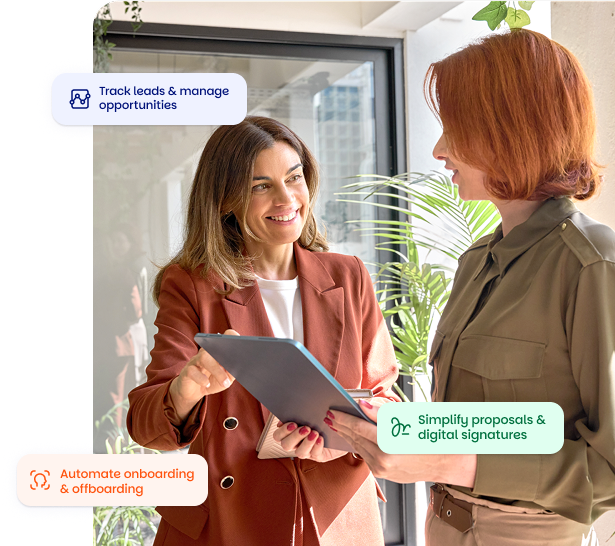Coworking News
-
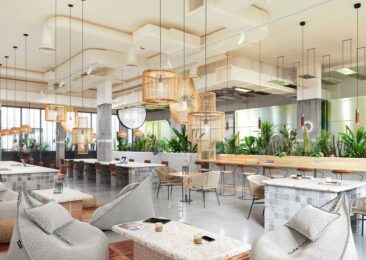
- Coworking
- Coworking News
Lucy’s Top 10 Coworking Spaces in 2025 in and around London
Lucy McInally on December 2, 2025 -
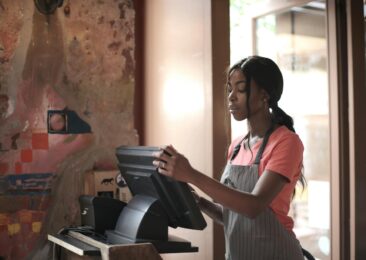
- Coworking News
- Meet the team
- Technology
How and Why We Created the New Checkout Flow
Matheus Matioli on November 25, 2025 -

- Coworking News
- Coworking Resources
Finally, Coworking Spaces Can Set Prices With Data, Not Guesswork
Jane Robathan on November 24, 2025 -
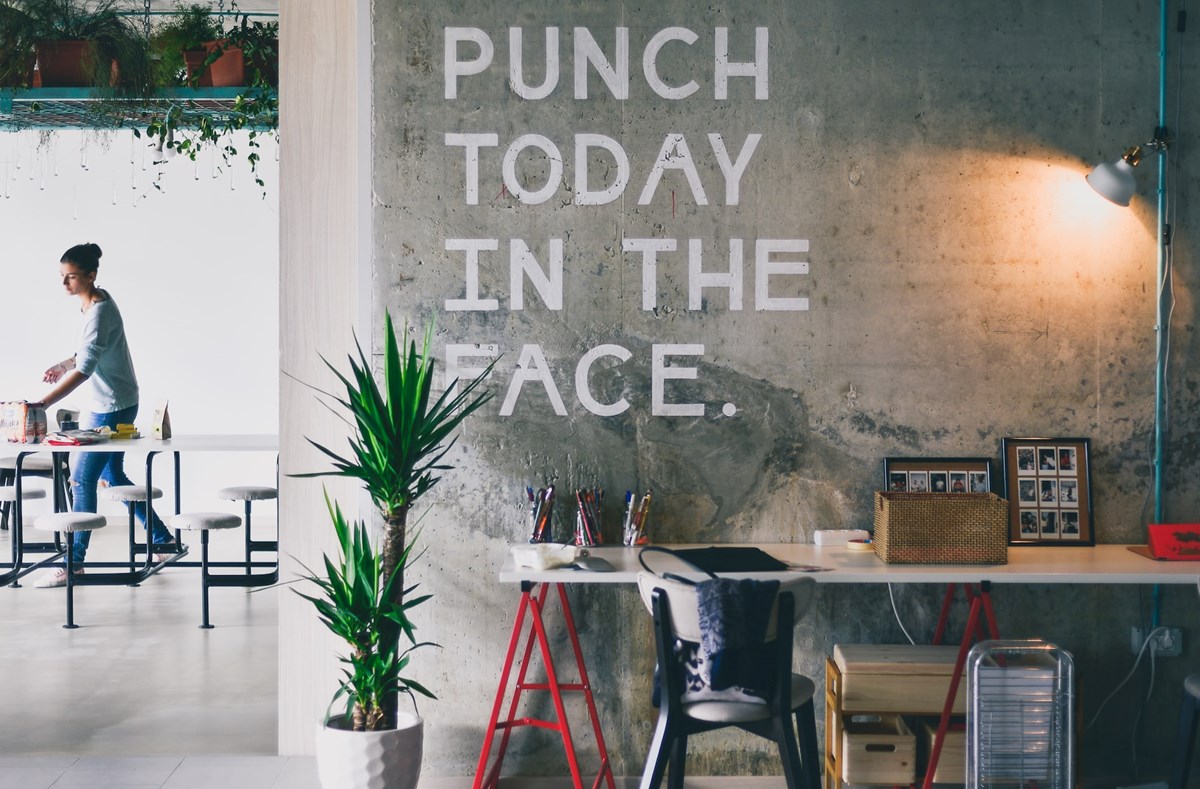
- Coworking
- Coworking News
The 7 Best Female-Focused Coworking Spaces (And Why They Matter)
Kate Tattersfield on October 30, 2025 -

- Coworking News
- Coworking Resources
How I Designed the First Public Coworking Space for Social Impact
Marc Navarro on October 3, 2025 -
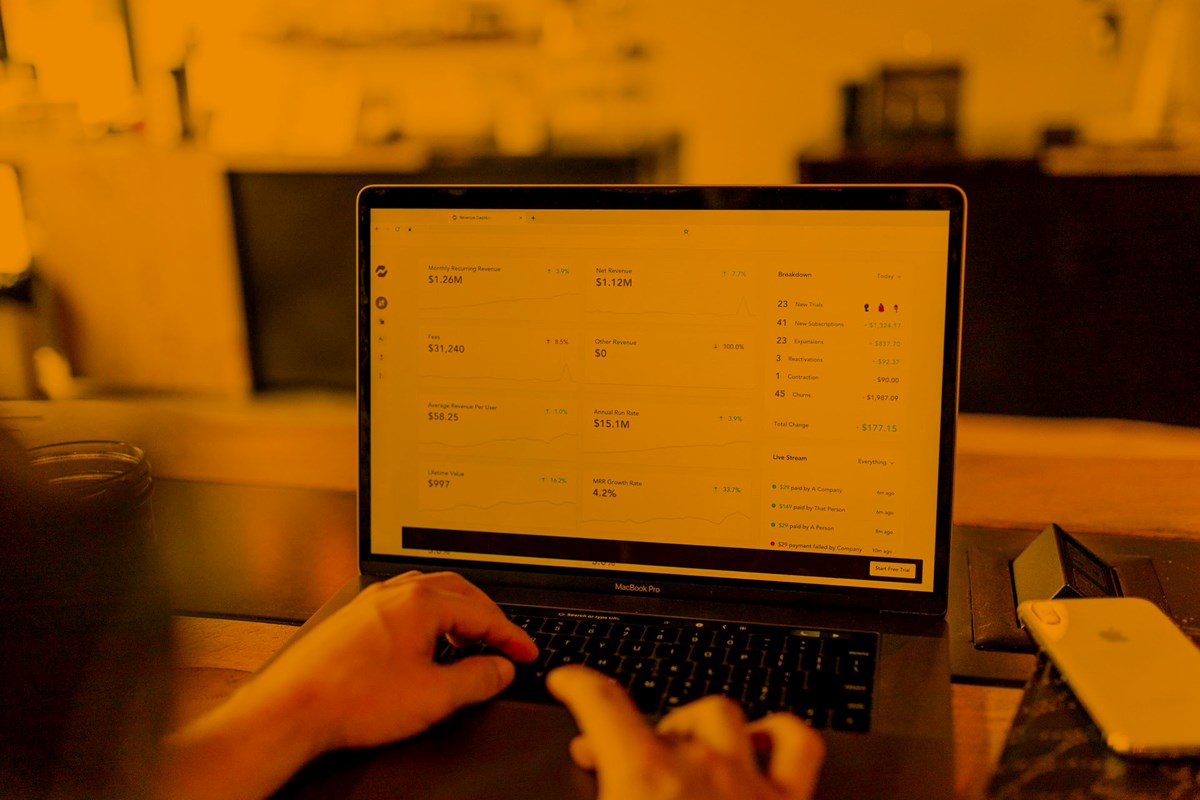
- Coworking News
- Coworking Resources
Price. Package. Profit. A Coworking Playbook to Lift Margin
Running a profitable coworking space can be a tricky thing. While it might not be your only...
Lucy McInally on August 20, 2025 -

- Coworking News
- Coworking Resources
- Technology
ViDA Compliance Guide: 8 Essential Steps for Coworking Spaces in the EU
Now that 2025 has arrived, the European Union's VAT in the Digital Age (ViDA) initiative is becoming...
Marc Navarro on March 13, 2025 -
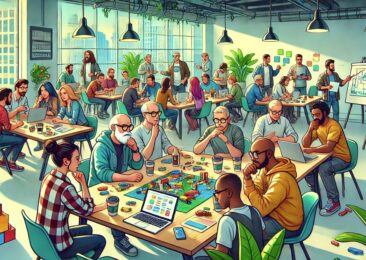
- Community
- Coworking News
- Events
Key takeaways from the Workspace Design Show 2025
London’s Workspace Design Show is undoubtedly one of the best coworking events of 2025. For one, the...
Lucy McInally on March 10, 2025 -

- Coworking News
- Coworking Resources
- Technology
Harnessing AI to Help Coworking Operators Understand Their Communities Better
After more than twelve years in the coworking industry, we’ve seen the movement evolve at an incredible...
Adrian Palacios on March 7, 2025 -

- Community
- Coworking News
- Events
The Best Coworking Events in 2025: Must-Attend Gatherings for Professionals
Managing coworking spaces is an all-encompassing role, often leaving operators, owners, and community managers with little time...
Lucy McInally on February 25, 2025 -

- Coworking News
Designing Coworking Spaces that Tell a Story
Coworking maven, Cat Johnson, once said: “Storytelling is one of the best ways to connect with your...
Lucy McInally on February 4, 2025 -

- Community
- Coworking News
How Local Coworking Spaces Become Catalysts for Community Impact
Imagine swapping the 2-hour commute for a 15-minute bike ride to the office – what would you...
Lucy McInally on January 30, 2025
As the year draws to a close, one thing is clear: it’s been a year of ‘co’.
Coworking spaces in and around London have truly raised the bar – stunning interiors, thoughtful design, and a genuine focus on community. Curious which spaces made the biggest impression in 2025? You’re in the right place: here are my top 10 coworking spaces to watch this year.
Laundry Studios, London Fields
Topping my list is Laundry Studios – a new coworking space on the block. And it ticks so many boxes…
- Productive space? Check. With so many workstations, from a huge coworking space on the ground floor, to the monitor room, basement levels, phone booths, and lots of comfortable seating areas, there are many choices, whatever your working style. There’s even a well-equipped gym for full-time members.
- Great location? Check. Laundry Studios is close to Netil Market, which has tonnes of food options. The bustling Broadway Market is also just a stone’s throw away.
- Well designed? Check. A huge light well above the main coworking space brings in lots of natural lighting. Artworks adorn the space, and the furniture is comfortable and modern.
- Sense of community? Absolutely. From the community managers who greet you when you walk through the door to the coworkers themselves, this is such a welcoming community. Even better, it’s dog-friendly.

Good Space, Islington
Having opened earlier this year, Good Space, Islington is the second space under the Good Space brand, following the success of its first space in Queens Park. The Islington workspace forms part of Islington Square – a redevelopment of the former Royal Mail sorting office, a beautiful Edwardian red brick building in the heart of Angel. There’s a luxury gym around the corner, and lots of new food and drink options, with a shopping arcade right on the doorstep.
What do I love most about working at Good Space Islington? The super-friendly team and the variety of workspaces make coworking here enjoyable. There’s a kitchen area, perfect for making a cup of tea and meeting other coworkers, a focused workspace with retro-inspired interiors, and even a quiet room ideal for deep, productive sessions. The views from the top floor are absolutely stunning – even the bathroom comes with a spectacular vantage point!
If you fancy a taste of Good Space, have a listen to their Ideas Club podcast. One of their recent episodes features Made in Chelsea’s Proudlock (IYKYK).
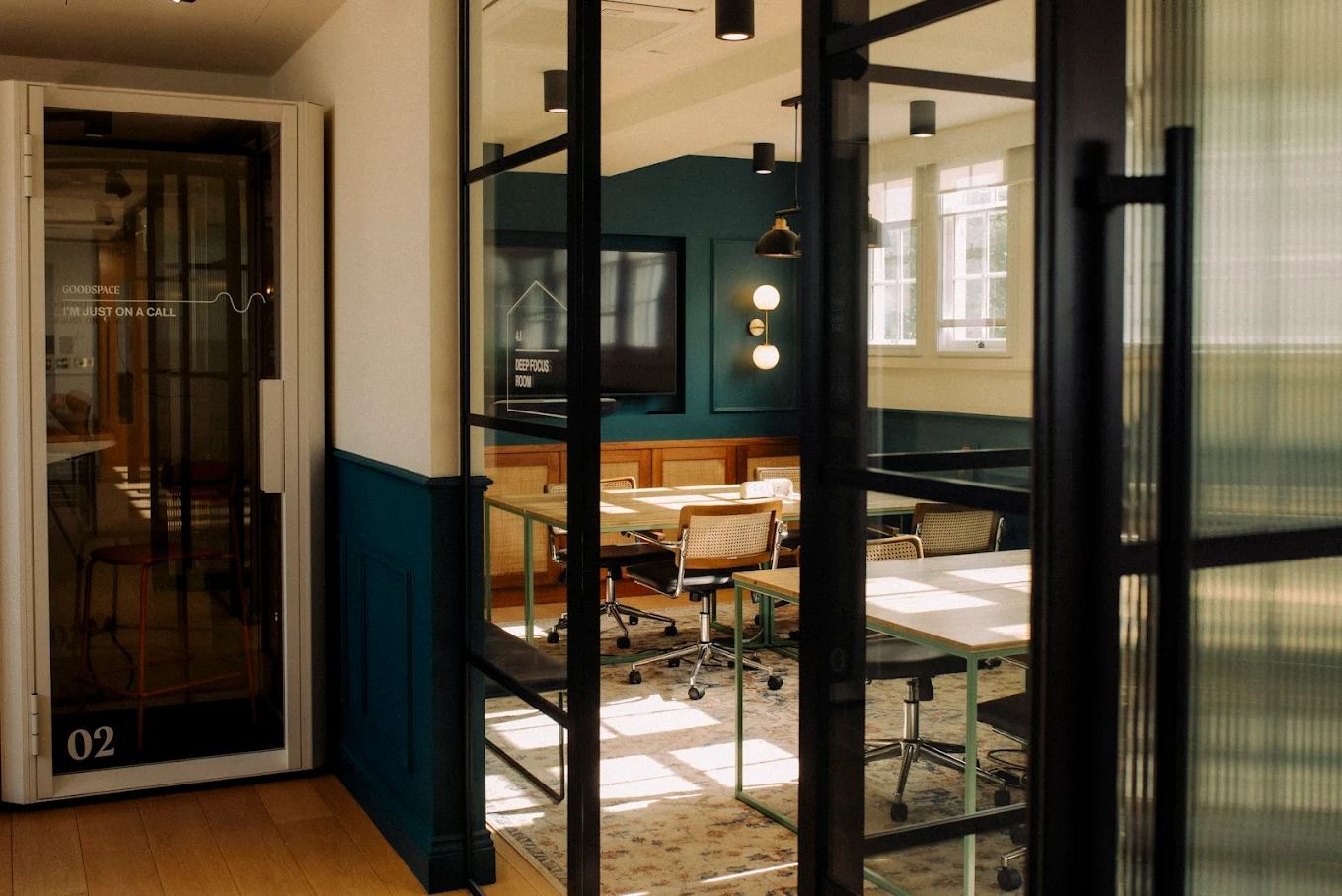
The Ministry, Borough
The vibe at The Ministry is off the charts, making this workspace a solid number three on my list. As soon as you step into the lounge area, you feel the energy from people chatting and laughing. Oh, and there’s some good music playing – well, it’s what you’d expect, seeing as it’s owned by The Ministry of Sound group. Watch out for the melted disco ball above the entrance as a little clue when you first arrive.
Originally starting life as a private members’ club when it opened in 2018, The Ministry is in a former book-binding factory, and it definitely gives off a luxury vibe with its beautiful design choices and high-quality finishes. From the main coworking floor to the outside terrace – there are lots of places to work at The Ministry. It also has an epic gym and workout studio, with several classes every day, an absolute bonus for full-time members. I’ve also heard that The Ministry put up some epic Christmas decorations, so if you want to have a peek at the space, now is the time to go!
Queens House, St. Albans
There are so many cool coworking spaces popping up in the UK right now. Another new workspace on my list is Queens House, located in the centre of St. Albans, a commuter hub in Hertfordshire. The space is independently owned and has seriously gone to town with its workspace design – concrete floors, real plants working as dividers, and curved, soft seating. The coworking space on the ground floor brings in so much light, too, and the space has state-of-the-art technology to facilitate a frictionless experience when you move through the space.
One of my favourite things about the space is its epic coffee machine, which pours your favourite hot beverage straight from the tap. It even made me an oat latte (an instant win in my eyes).
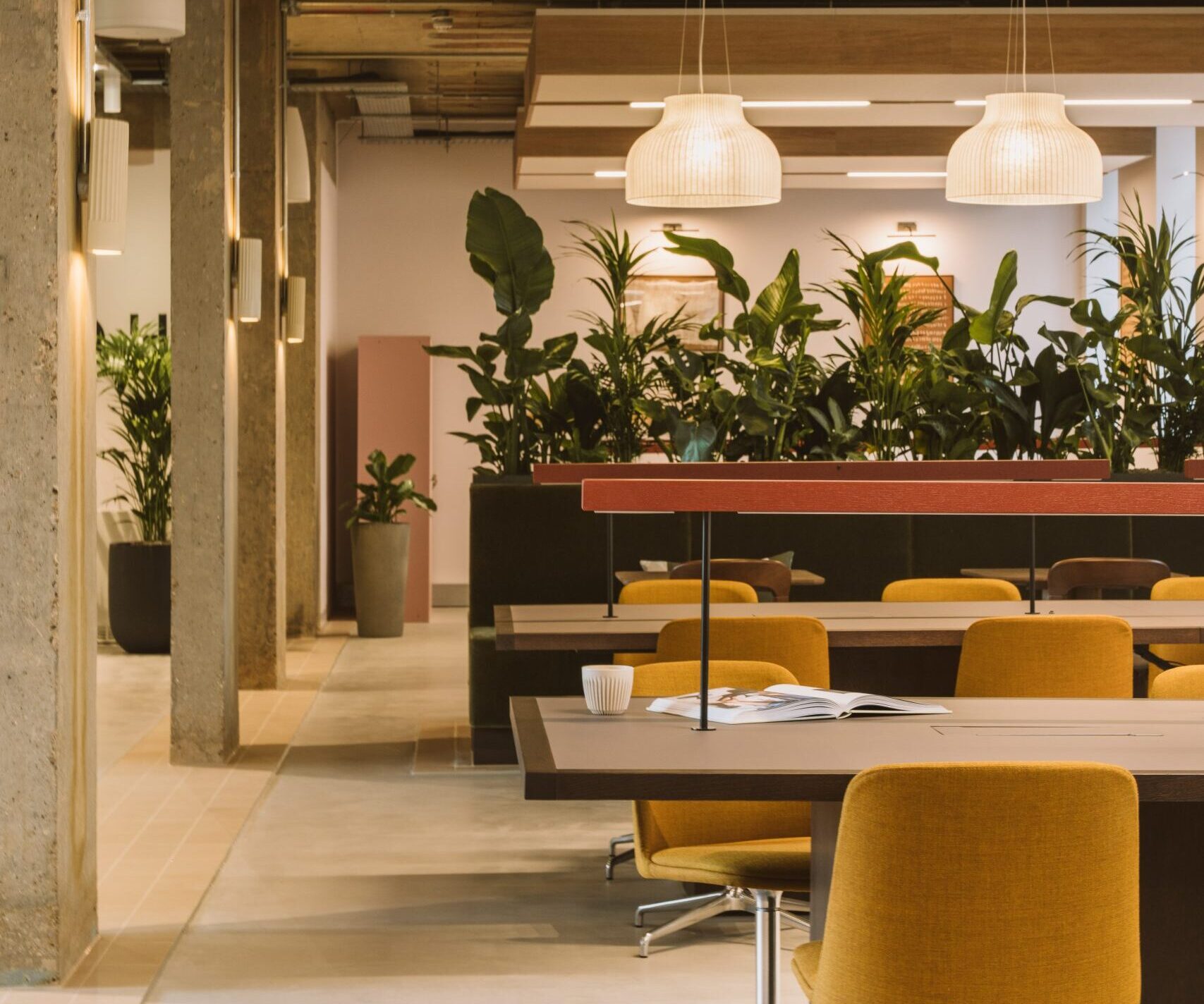
Work.Life Old Street
Work.Life is everywhere right now, with so many coworking spaces popping up all over the capital, and lots of adverts across the city too. The Clerkenwell and Borough spaces may be newer openings, but I’ve always had a soft spot for the Old Street location – a top coworking space on my list.
Not only is Work.Life Old Street located right in the heart of Shoreditch, close to plenty of food and drink options, but the space itself is warm and inviting. The kitchen is the central point of the space, a clever design feature that you’ll notice in other Work.Life spaces. It serves as a meeting point, drawing you in whether you’ve never stepped foot in a Work.Life before, or you know your way around. Conversations spark here, especially as it’s where the community managers usually hang out.
There’s plenty of choice of seating in the Old Street workspace – whether you’d like to work in the light-filled ground floor space, or take yourself away to the quieter basement level.
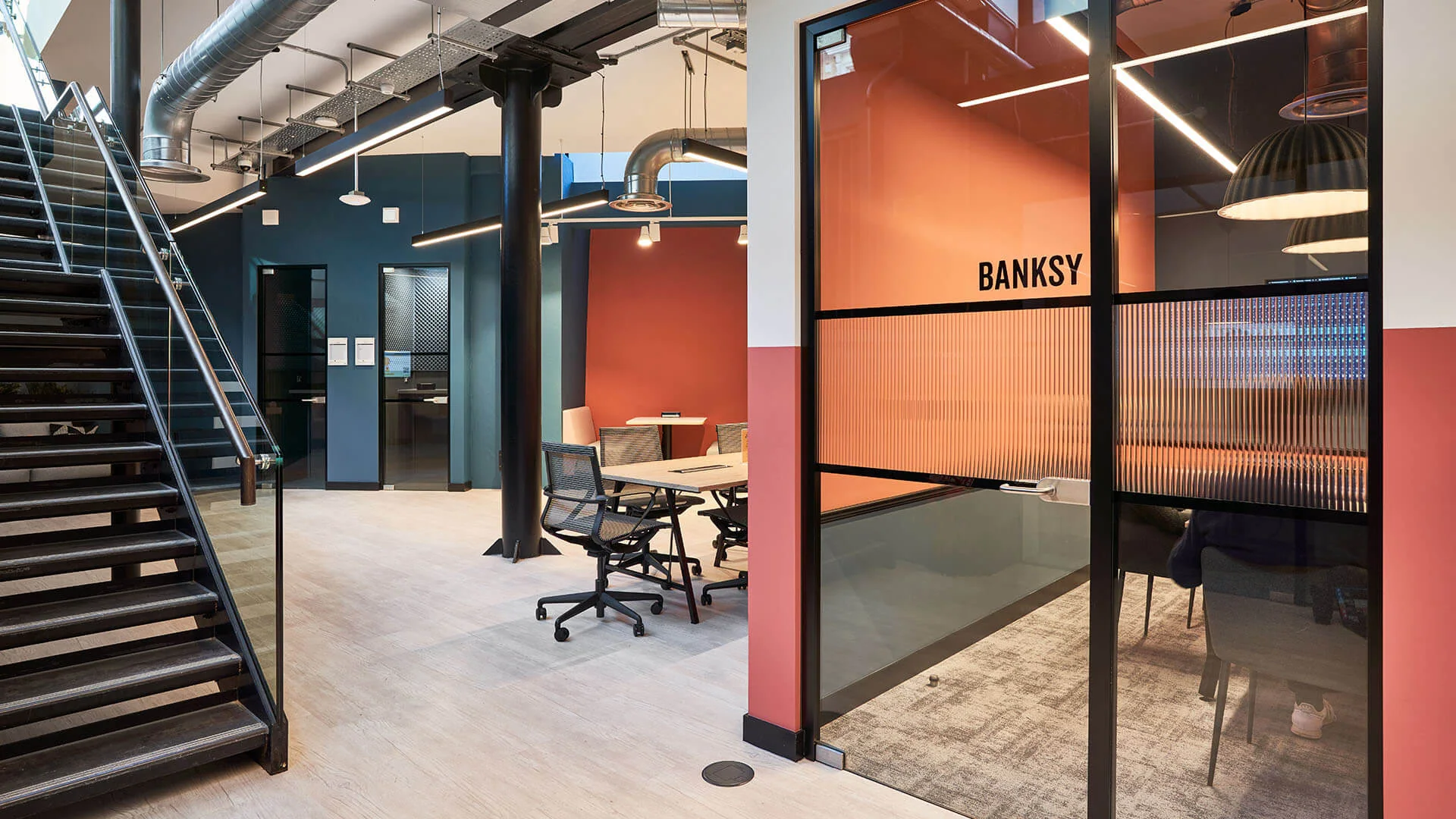
Bermonds Locke
One of my regular coworking spots, Bermonds Locke, isn’t strictly a coworking space but more of a coworking café. The difference here is that you don’t need to pay for a membership or a day pass, but at least buy a coffee (although the team are very generous with stamping the loyalty card). It’s part of the Locke Hotels chain, which offers aparthotels around the city, a similar concept to coliving, making the cafe a friendly space that brings together city residents and visitors.
The space design is what makes Bermondsey Locke different from other cafes. With two huge tables in the centre of the space and high top seating in the window, there are plenty of seating options (important, because this space fills up quickly). The space is conducive to plugging away, taking calls, or chatting with friends – and it’s very popular with freelancers and remote workers. Although Bermondsey Locke lacks community managers and membership options, it’s an affordable spot for ad-hoc coworking in the London Bridge area.
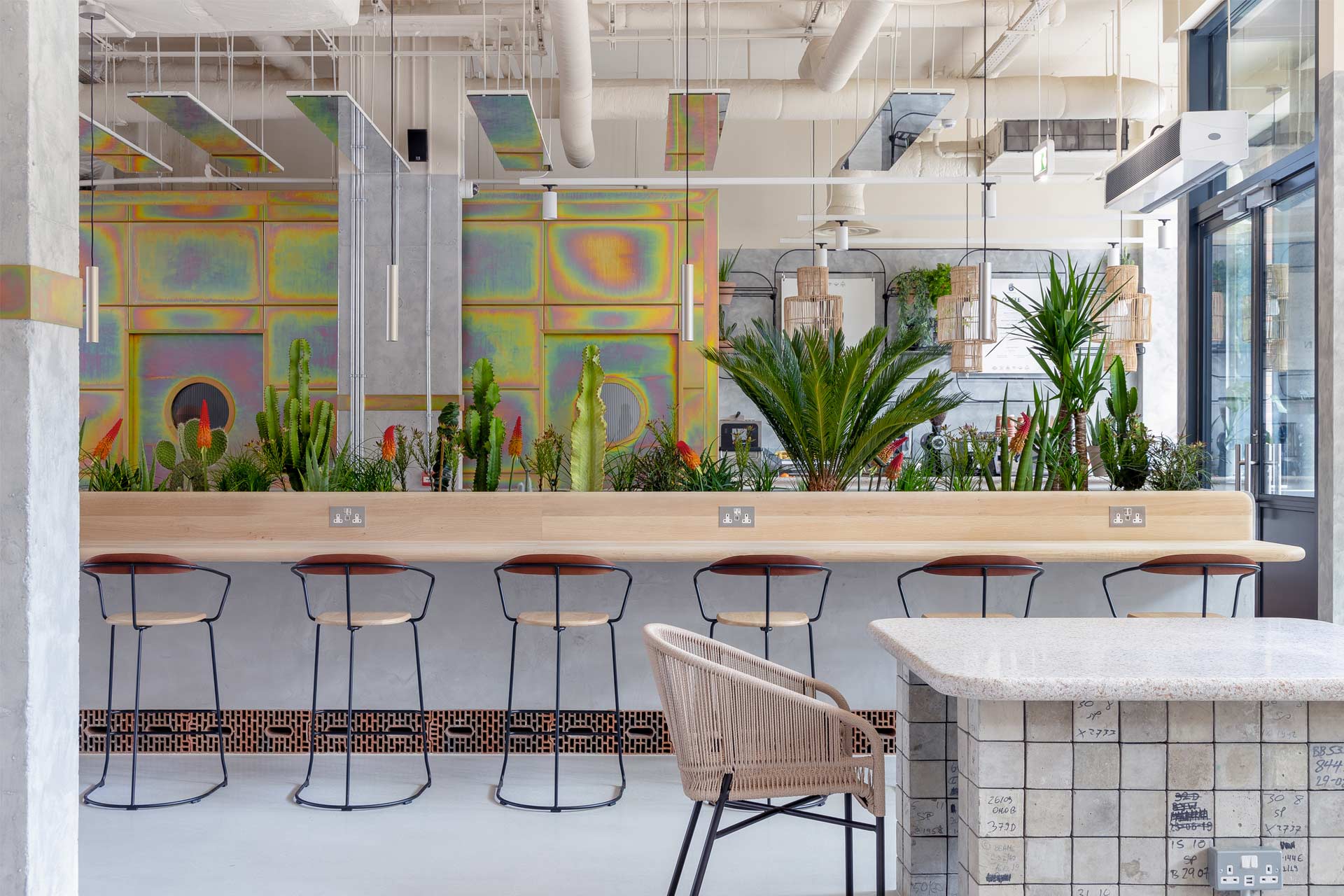
XCHG Spaces, Bishopsgate
If you’re looking for a workspace with a view, XCHG Spaces (pronounced ‘exchange’) has it in spades. Located in one of London’s tallest buildings, 22 Bishopsgate, the XCHG provides soaring views stretching across the City. You can never tire of the space either – it’s got a sparkling clean kitchen and numerous seating options, from desks facing the window (for those epic views) to booths for those who, like me, can get distracted.
XCHG Spaces is on the more expensive side for day passes, but that’s because it’s a premium space. It’s always filled with people, so you won’t ever miss a chance to meet someone and get your money’s worth of coworking.
The Brew, Old Street
A rarity in London today, The Brew is an independent coworking space that’s been going for an impressive 10 years in the same Old Street location. The Brew began life to support a community of tech entrepreneurs and creatives, and it certainly has an artistic edge. There are murals across the space, including a huge artwork painted down the staircase to commemorate the building’s past life as a rave venue back in the 90s, featuring The Brew’s founding community members. This highlights the space’s values around community, and I have to say, the community managers are exceptionally lovely.
You might expect a basement coworking space to be dark and dingy. Not The Brew. Even meeting rooms and private offices are separated by glass partitions, making the workspace seem even bigger and spreading natural light across the space. The front-of-house cafe had a little renovation recently, and it’s a great space to work in if you need more daylight or want to be surrounded by more plants (there are plenty).
The Print Rooms, Waterloo
The Print Rooms is definitely in my top 10, not just because it’s in an excellent location close to Waterloo, but also because it has a great coworking floor which is free to use. What a bonus for us freelancers! This space ticked all the boxes for me – there’s a big coworking table to spread out across, with lightning speed connectivity. The Print Rooms is managed under the Workspace group, and you might have seen some of their banners on some buildings in London – there are so many Workspaces across the city, from workshop spaces to private offices.
Walworth Town Hall, Elephant & Castle
A former municipal building, Walworth Town Hall, is a huge new workspace recently opened in Elephant & Castle. The Grade II listed building has an interesting history – it’s where soldiers enlisted for the First World War (with lots of historic photographs around the space to tell its story). In 2013, a devastating fire left the building in disrepair after its roof caved in, and it stood derelict for several years before the developers General and People restored it to life.
Now, Walworth Town Hall is back up and running to serve the local South London community. There are some beautifully designed spaces, with huge nods to its former life, such as the library (and coworking space) – with floor-to-ceiling shelves and a huge table to work from, making this space just a little bit different from any other workspace you might have seen. There are tonnes of private offices too, including a new floor added to the top of the building, and a cafe that’s open to the public serving delicious coffee. Need I say more?

Coworking in 2026
This year’s top 10 coworking spaces have been an absolute joy to spend time in, especially with so many new spaces popping up throughout the year.
The future of coworking is looking very exciting, and I can’t wait to explore more in 2026. Which ones will you be visiting?
